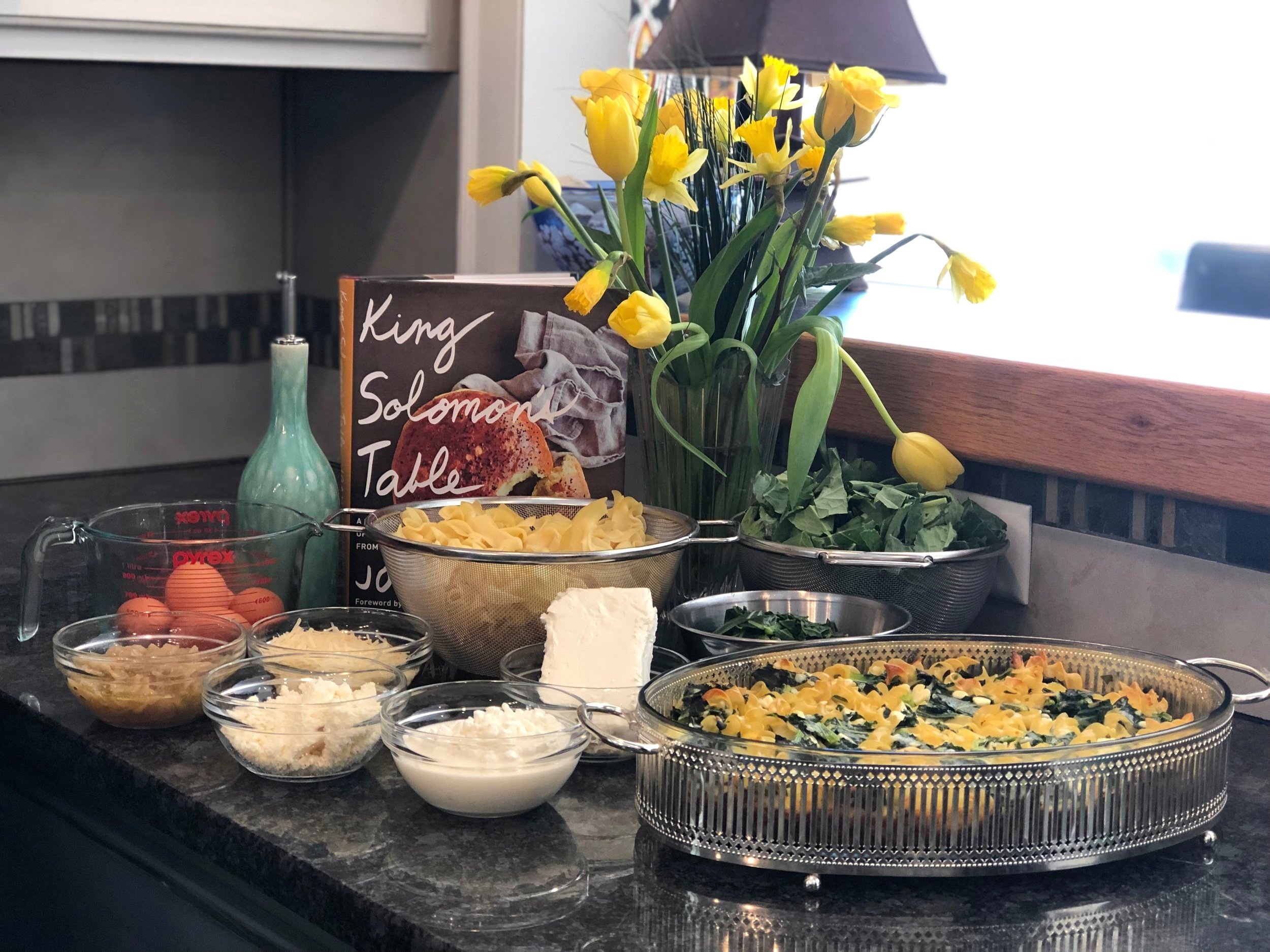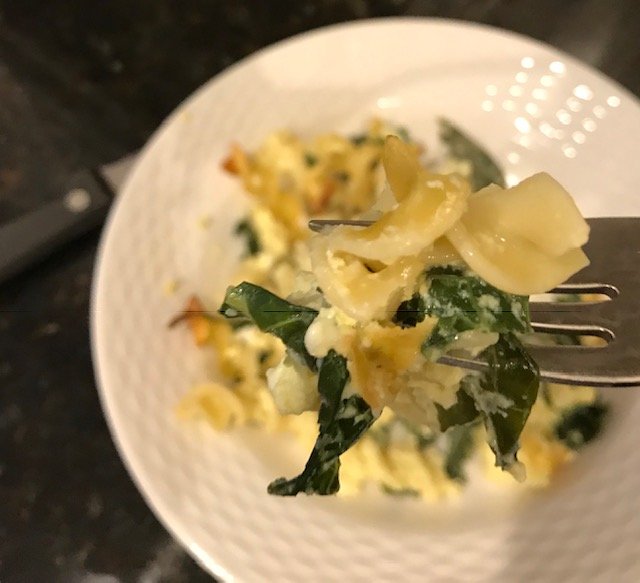Kugels & Collards presents Joan Nathan
Submitted by Rachel Barnett and Lyssa Harvey
“Food is always good, always good for people, always a token of good feeling,” the anthropologists Mark Zborowski and Elizabeth Herzog wrote in Life Is with People, a description of the Eastern European shtetl. “To give food symbolizes not only maternal love but also the friendliness of the household to its visitors. Not to offer a guest ‘honor’ in the form of food…would be the equivalent of a rebuff.”
Get ready because the Queen of Hospitality through the ancient tradition of food is coming to Columbia. Joan Nathan, known throughout the Jewish world as the real mayvin on Jewish food, is on her way.”
— Rabbi Jonathan Case, Beth Shalom Synagogue
On February 3rd, from 2 – 3:30 p.m., Kugels & Collards, in conjunction with Historic Columbia and the History Center at the University of South Carolina, will proudly host “King Solomon’s Table with Joan Nathan” at Beth Shalom Synagogue. Nathan, a James Beard award winner, much-loved cookbook author, and authority on Jewish cooking across the globe, is celebrated for her ability to tie together cuisine and history. According to Kugels & Collards co-founder Rachel Barnett, Nathan’s expertise will bring fresh insight to the blog’s mission, which is to “expand on the history of the Jewish community in Columbia using Jewish cooking to engage family stories and history.”
The presentation by Nathan will be followed by a reception with southern Jewish recipes from one of Nathan’s 11 cookbooks. Attendees will get to experience what Risa Strauss, Beth Shalom’s Director of Education, calls Nathan’s “gastronomic delights and cultural descriptions.” In preparation for Sunday, Nathan has provided Kugels & Collards with two recipes, adapted from The Sephardic Cooks by Congregation Or VeShalom in Atlanta, Georgia, that capture the essence of southern Jewish cooking.
Recipes adapted from Joan Nathan and The Sephardic Cooks by Congregation Or VeShalom (Atlanta, Georgia)
Collard Kugel
2 bunches of collard leaves, stemmed and washed
2 cups wide noodles
Salt and freshly ground pepper to taste
6 large eggs beaten
½ cup grated parmesan
½ cup cottage, cream, or ricotta cheese
½ cup Feta cheese
Aleppo pepper to taste (optional)
Preheat the oven to 400 degrees and grease an 8-inch square baking pan. Once you have stemmed and washed your collard leaves, derib the leaves. Then take a handful of leaves and cut in chiffonades. Repeat with the rest. You should have about 6 cups of leaves. Using a medium frying or saucepan with a cover, add the leaves with a cup of water and about a teaspoon of salt and some pepper. Heat the leaves and as they start to wilt, cover them with a top and steam them for about 10 minutes. Then remove and set aside.
Heat another saucepan with water and add some salt. Bring to a boil and add the noodles. Cook a few minutes until they are al dente – not more–. Remove, cover with cold water and drain and set aside.
While the noodles are cooling, mix the eggs with the cottage or other cheese, feta, and Parmesan cheese. Then stir in the collards and the noodles and add a bit of Aleppo pepper to taste if you like. Bake in the middle of the oven for 25 minutes or until the kugel browns slightly and serve. Yields 6 to 8 servings.
“We appreciate Joan Nathan creating this special savory kugel with collards for us! It is the essence of a Jewish Southern dish that reflects the culinary delights of South Carolina. ”
— Lyssa Harvey
Baked grits with black-eyed peas
6 garlic cloves, crushed
6 to 8 tablespoons olive oil (about)
2 cups of Anson Mills or other good stone ground grits
1 small onion, chopped
1 10-oz. package frozen black-eyed peas or 2 pounds fresh
2 tablespoons tomato sauce or fresh tomato, chopped
Salt and freshly ground pepper to taste
Sauté the garlic in 2 tablespoons of the olive oil over high heat in a medium size saucepan. After the garlic becomes translucent, add 8 cups of water, the grits, and 2 tablespoons of the olive oil. Stir a few minutes or until the grits are dissolved in the water.
Sauté the onion in another tablespoon of oil in a small frying or saucepan. Add a teaspoon of salt, the peas, the tomatoes or sauce, and a cup of water. Cover and cook about 10 minutes or until tender. Stir into the grit mixture and add salt and pepper to taste. Cook until the mixture, which should still be liquidly, comes to a boil. At that point, turn the flame down and allow this mixture to simmer for about 5 minutes while it thickens. Stir occasionally and keep uncovered.
Grease a 9 x 13 baking pan with the remaining olive oil. Pour the thickened mixture into the casserole, and let it continue to firm up in the refrigerator for about an hour. With a sharp knife cut into about 12 squares.
Preheat the oven to 350 degrees and put the grits into the oven for about 15 minutes to warm up. Then raise the temperature to 500 degrees and brush the olive oil that will well up around the pan over the top of the grits and heat for about 10 minutes or until the top is browned. Yields about 8 to 12 servings.





